World leaders this week united at COP26 and made a series of pledges to try to avert a climate emergency by 2030. But it’s not going to be easy.
“Even if we stopped all emissions tomorrow, we’re not necessarily going to see any benefit from that by 2030 in terms of a reduction in extreme weather events,” according to Grahame Madge, a climate spokesperson for the Met Office.
So will any of the warm words lead to benefits in our lifetime – or even within the next decade.
Madge tells HuffPost UK there’s still an “upward curve” of greenhouse gas emissions in the atmosphere that will linger around for a while even if immediate action is taken.
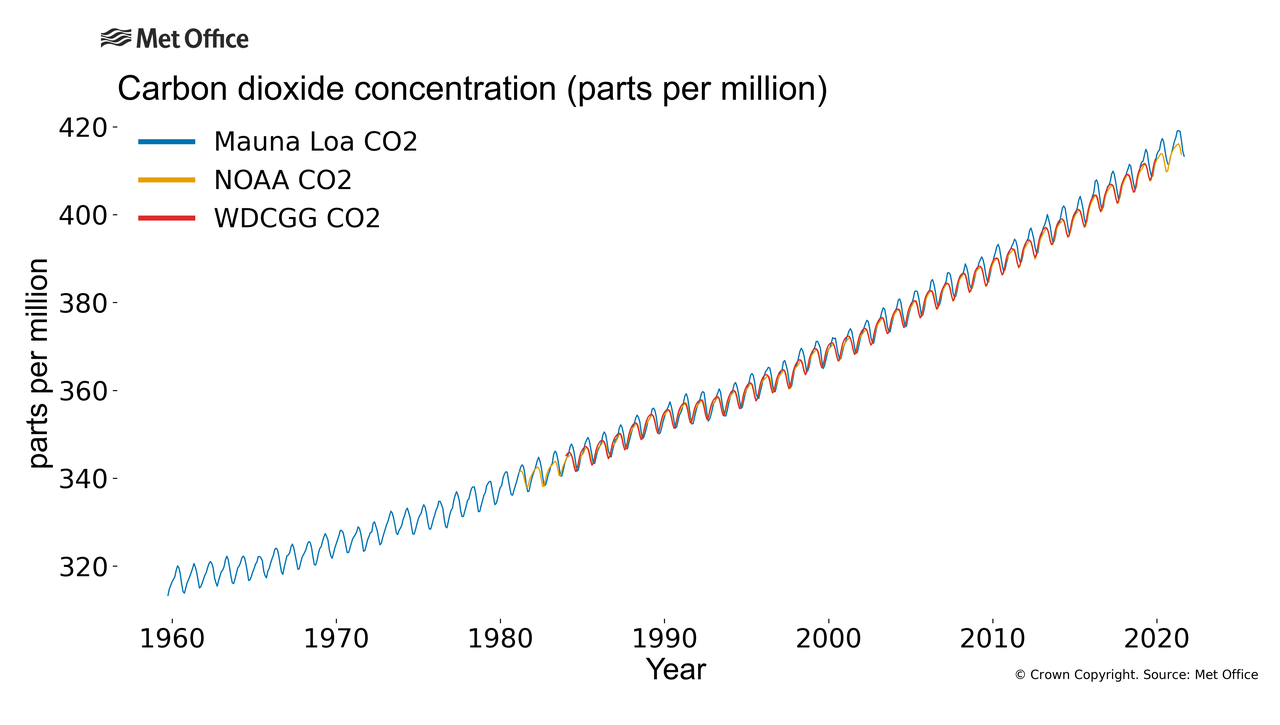
″We know that we’ve not reached the worst of what climate change will throw at us because we’re still putting greenhouse gases into the atmosphere,” he says. “It will be many, many years before we reach a new normal.”
So what could the world look like in 2030? Guesses might not be that far off from reality.
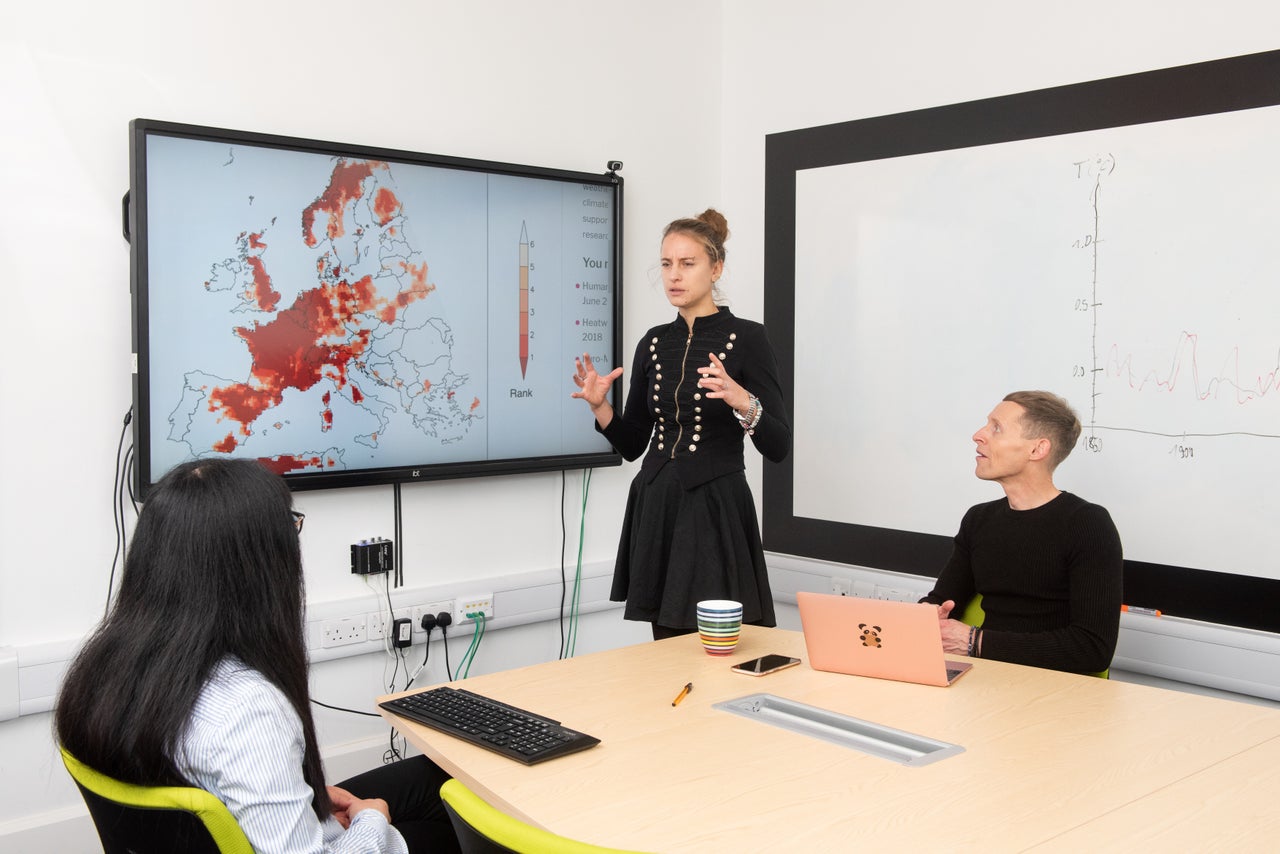
Dr Friederike Otto, a senior climate lecturer at Imperial College London, says to expect more extreme weather.
“The bottom line is that no matter what we do, temperatures will continue to rise in the next 20 years until we reach net zero.”
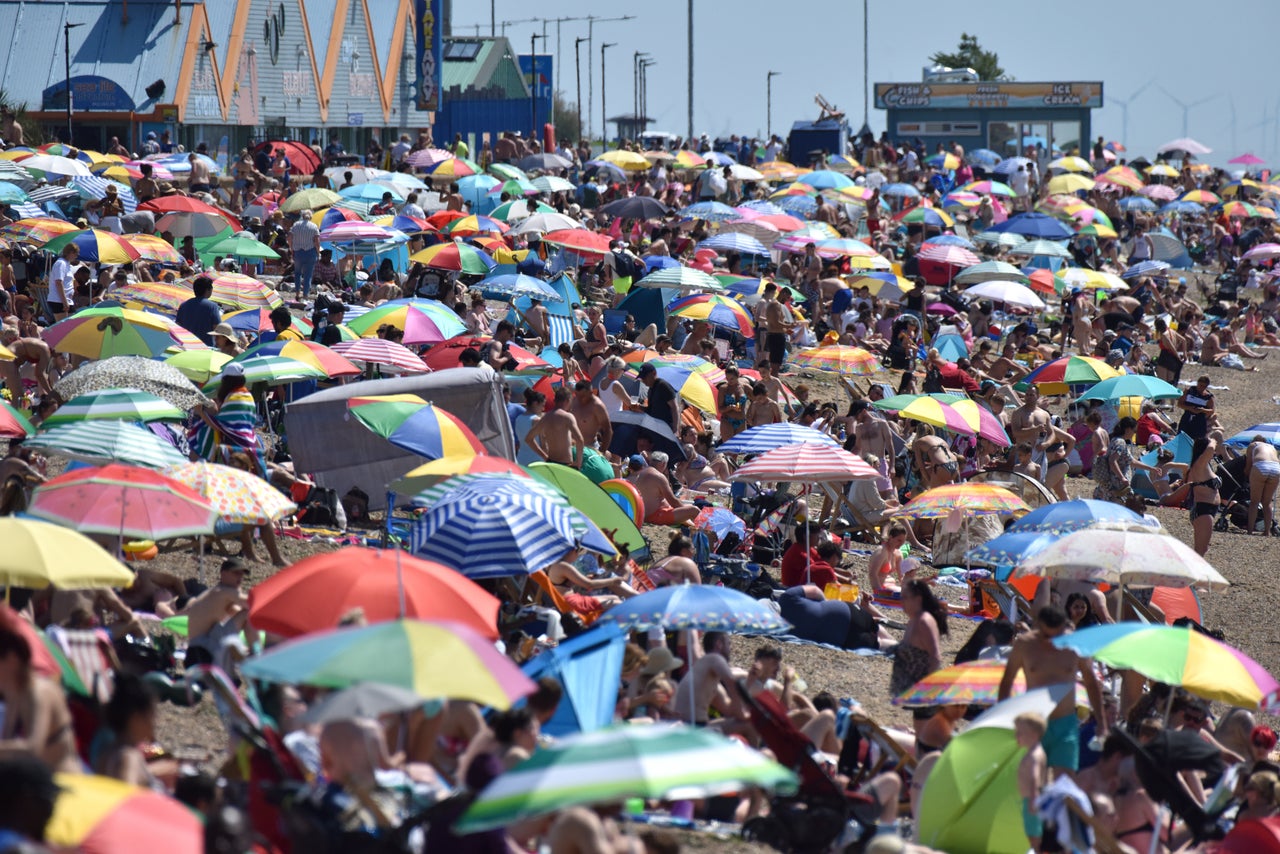
Things might look grim but there’s still hope as any actions taken immediately can help temperatures to rise even that bit slower until 2030.
Madge and Otto agree there are a few climate characteristics likely to have a big impact on our lives in the next few years.
Heatwaves
The Met Office describes a heatwave in the UK as three or more days above 25C, or 28C in London and parts of the southeast.
Research shows it’s now 30 times more likely to have a summer of heatwaves than it was in pre-industrial times around 1750.

Otto says heatwaves are the “deadliest” extreme weather event in the UK.
“The main effect we will see from these heatwaves is what we are seeing now in our intensive care units and in our hospitals with Covid, that’s where we will feel the heat impacts hitting hardest.”
She also says it can lead to a rise in social inequality as it’s the communities who can’t afford to live “somewhere nice” who suffer the most.
“It’s those who are most vulnerable in our societies who live in poorly insulated houses and who probably already have health issues. With climate change, we continue not to care about those most vulnerable in our society and heat extremes really exacerbate that.”

Madge worries not only about hospitalisations but also the result of what this means.
“We’ve seen quite high mortality events across Europe associated with heat waves in the past. And we do unfortunately get a mortality spike when we get significant heat-related events in the UK.”
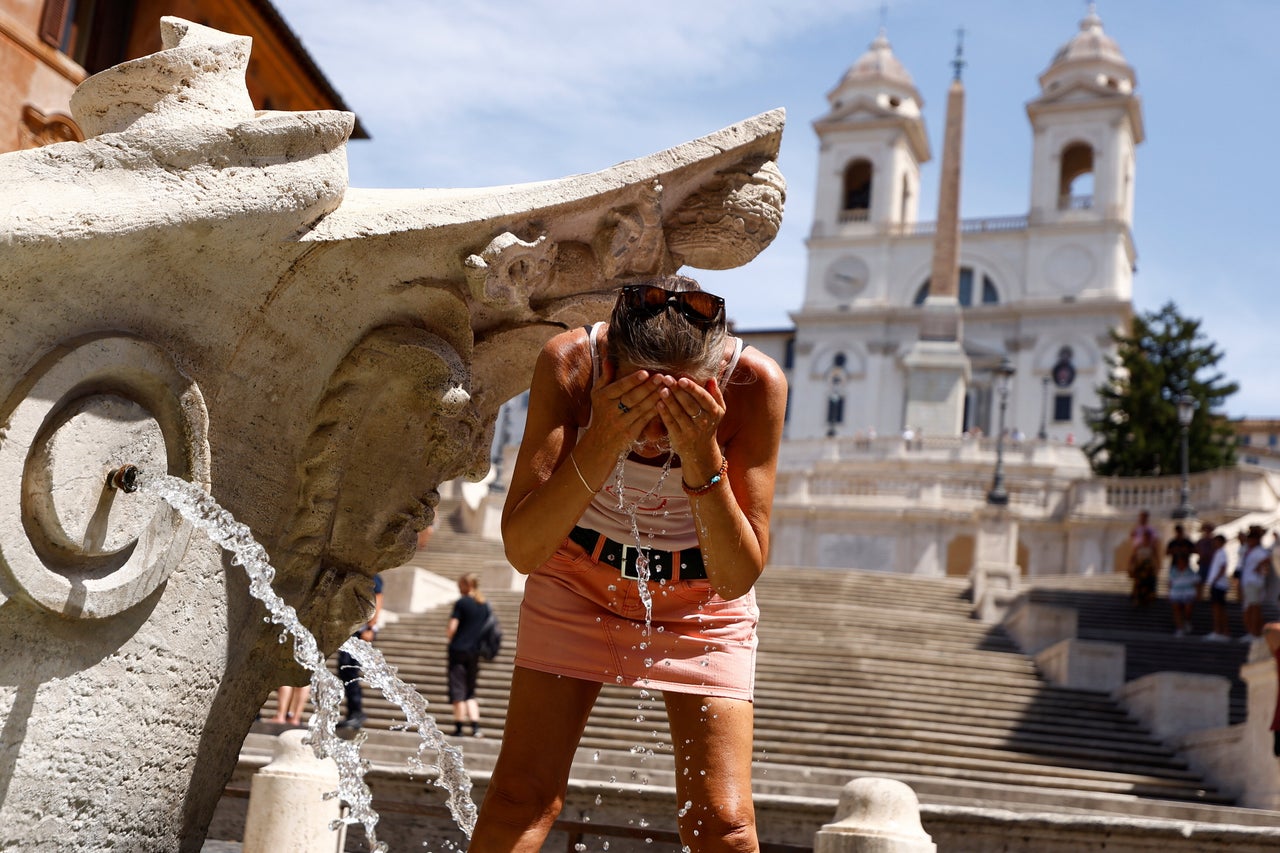
Things you can do to look after yourself during a heatwave include:
Staying indoors if there is a heat warning
Keeping hydrated
Checking in on those with health conditions and the elderly
As well as hospital pressures and rising inequality, disruption to transport services in extreme heat is expected.
That’s because warm weather can cause the metal in train lines to expand and become unusable. It can also cause asphalt in our roads to melt and make them more dangerous to drive on.
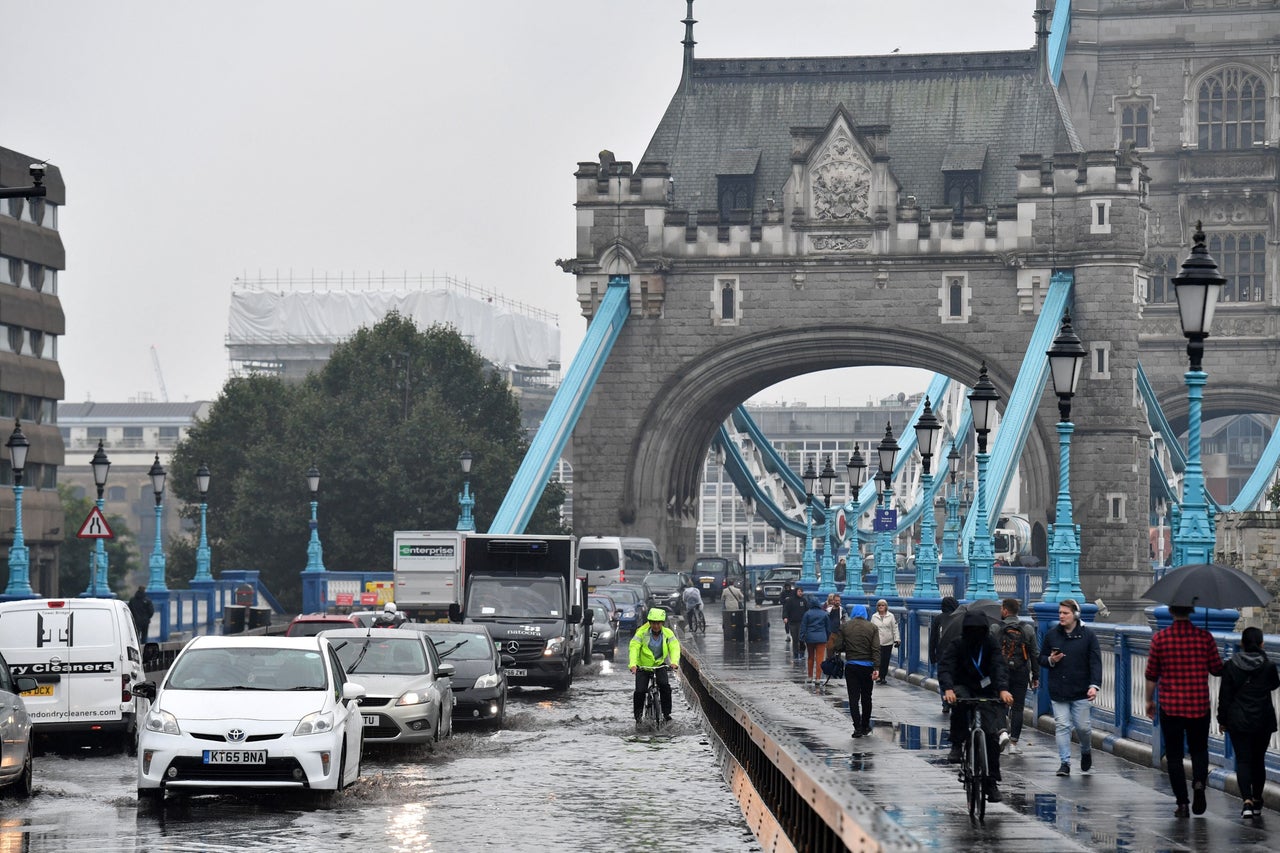
Heavy rainfall
Madge predicts warmer and wetter winters and drier summers.
“Warmer air can hold more moisture and that moisture has to go somewhere, so we’re likely to see increased rainfall. For every degree rise in air temperature, that air has 7% more capacity to hold more water, so a warmer atmosphere can hold more moisture.”
But a drier summer doesn’t mean escaping from the risks of heavy rain and flooding. In fact, it means a higher chance of experiencing this.
“We’re likely to be receiving summer rainfall in shorter, sharper bursts. So although the amount of volume of rainfall over summer will reduce, it’s likely to be made up of more extreme rainfall events.”
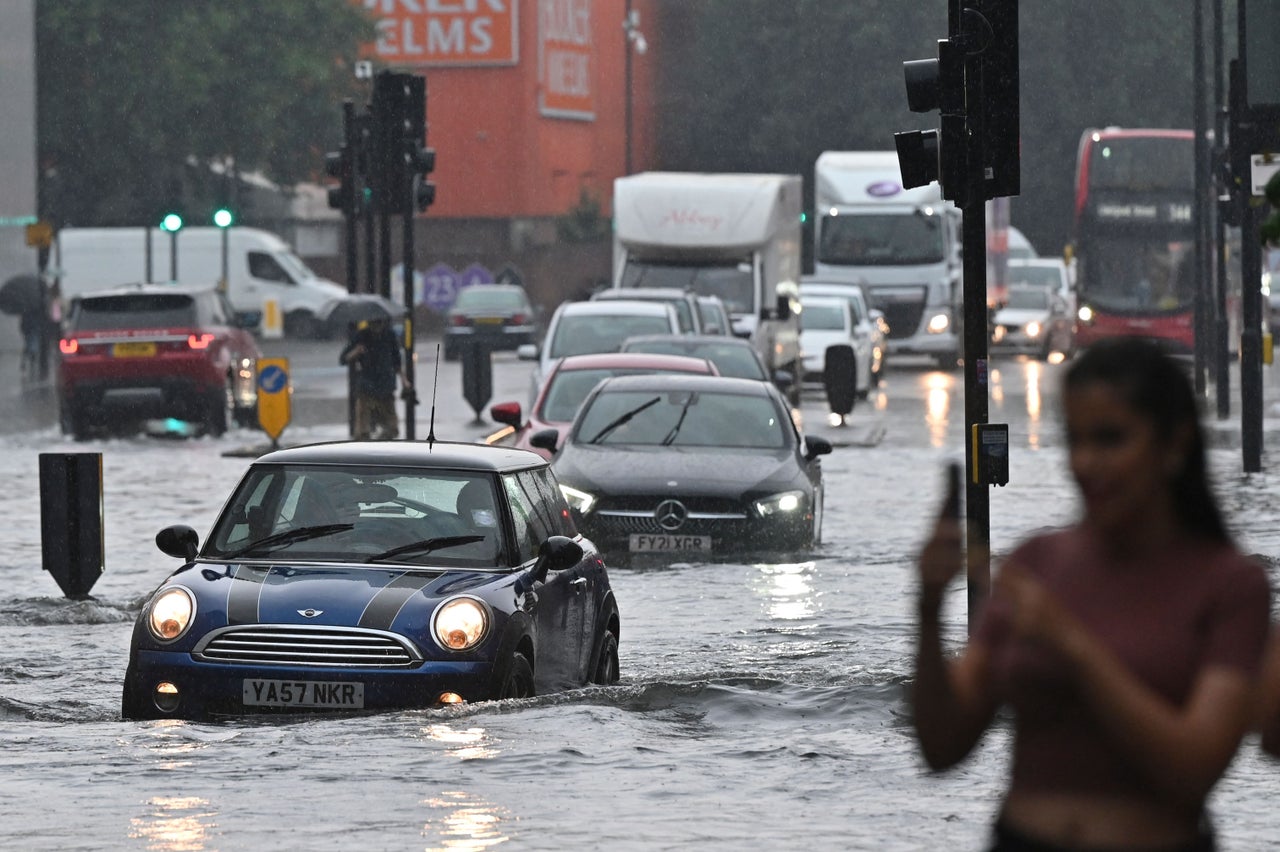
This intensity of rain can lead to agricultural challenges and can be difficult for the water sector to deal with.
“When you get a deluge of rainfall it means that rainfall can’t escape as quickly from rivers, sewers, and other drainage networks so you get water backing up quite quickly. And that can pose problems for drivers, homes, businesses, and other infrastructure being at risk of flooding.”
Otto says the combination of heavy rainfall and rising sea levels is also dangerous, particularly in coastal areas as the risk of flooding is higher.
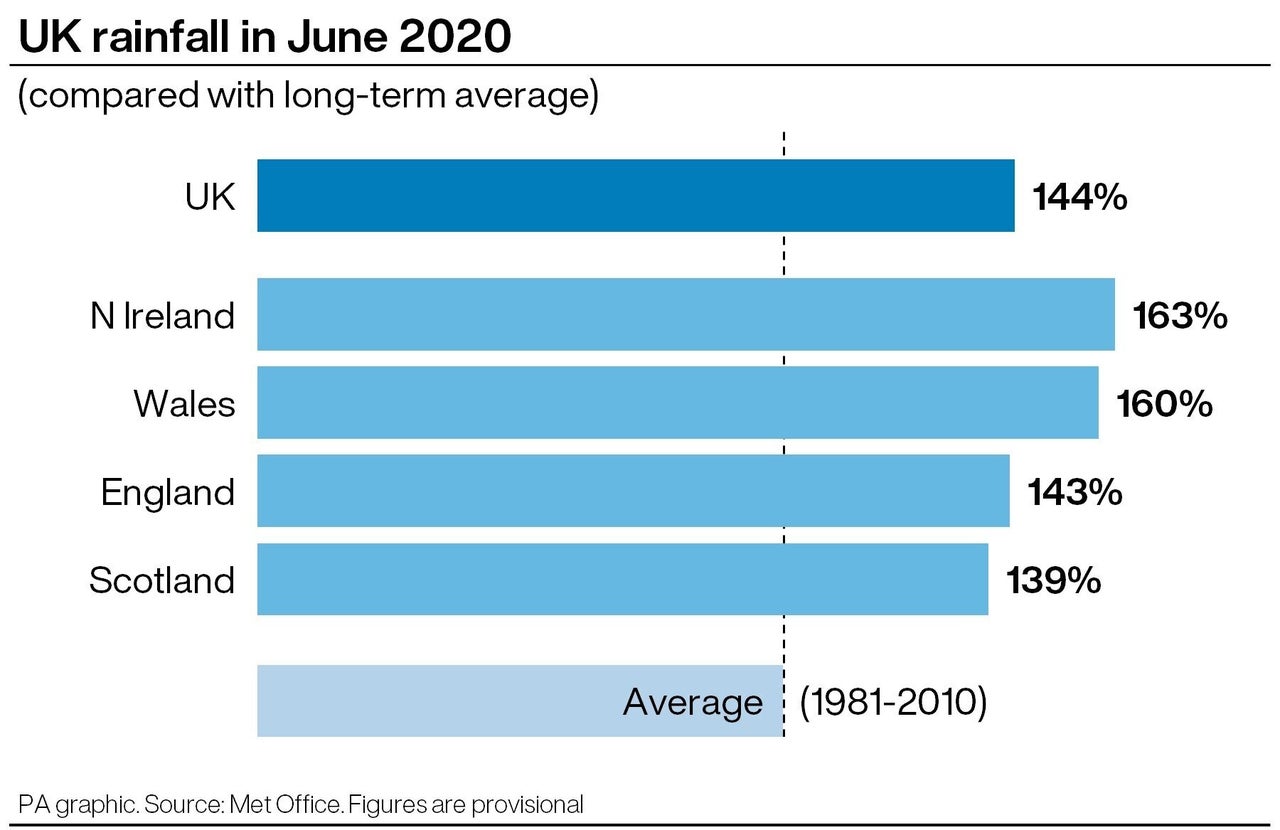
Air pollution
Air pollution is much clearer to understand because air pollution can be tackled almost immediately.
You might remember the images shared online at the start of the pandemic showing monuments in Mumbai no longer covered by smog, mountain tops more visible than ever before, and city skylines becoming clear.
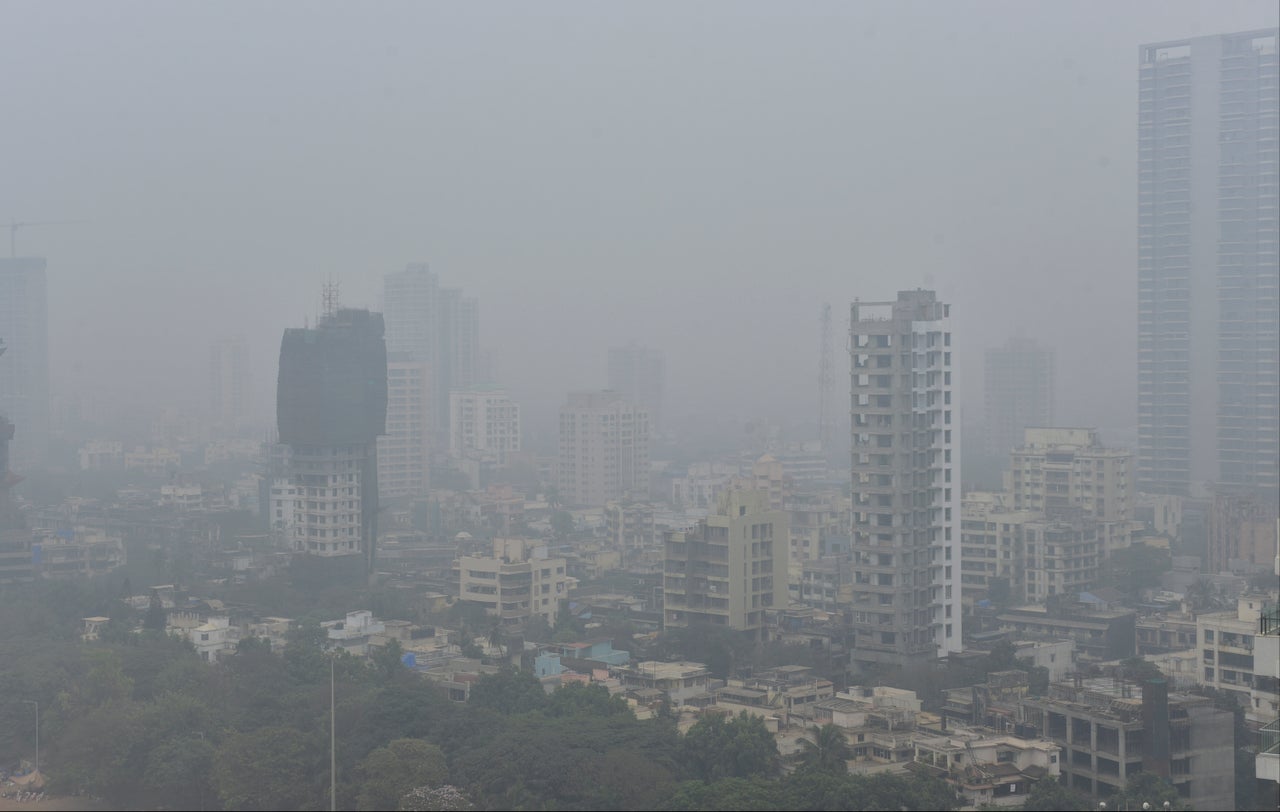
It’s because some of the harmful particles in the air that come from power stations and cars have a much shorter shelf life than the less-visible greenhouse gases.
Otto believes cities can use this experience during the pandemic to start tackling poor air quality.
“Carbon dioxide stays in the atmosphere forever and so even if you slow down adding CO2 to the atmosphere, it’s still getting hotter. But with air pollution that only stays in the atmosphere for a couple of weeks, every car that’s not on the road, every power plant that’s not fossil fuel-fired immediately makes a huge difference.”
And this is why carbon capture projects are more important than ever because the planet needs to find ways of removing carbon dioxide from the atmosphere.

Storms
It’s slightly trickier to predict how common stormy weather events will be by 2030, according to Madge.
“When you’ve got a more turbulent atmosphere, it does mean that there is more energy in the system. And therefore it’s possible that storms could become more intense.”
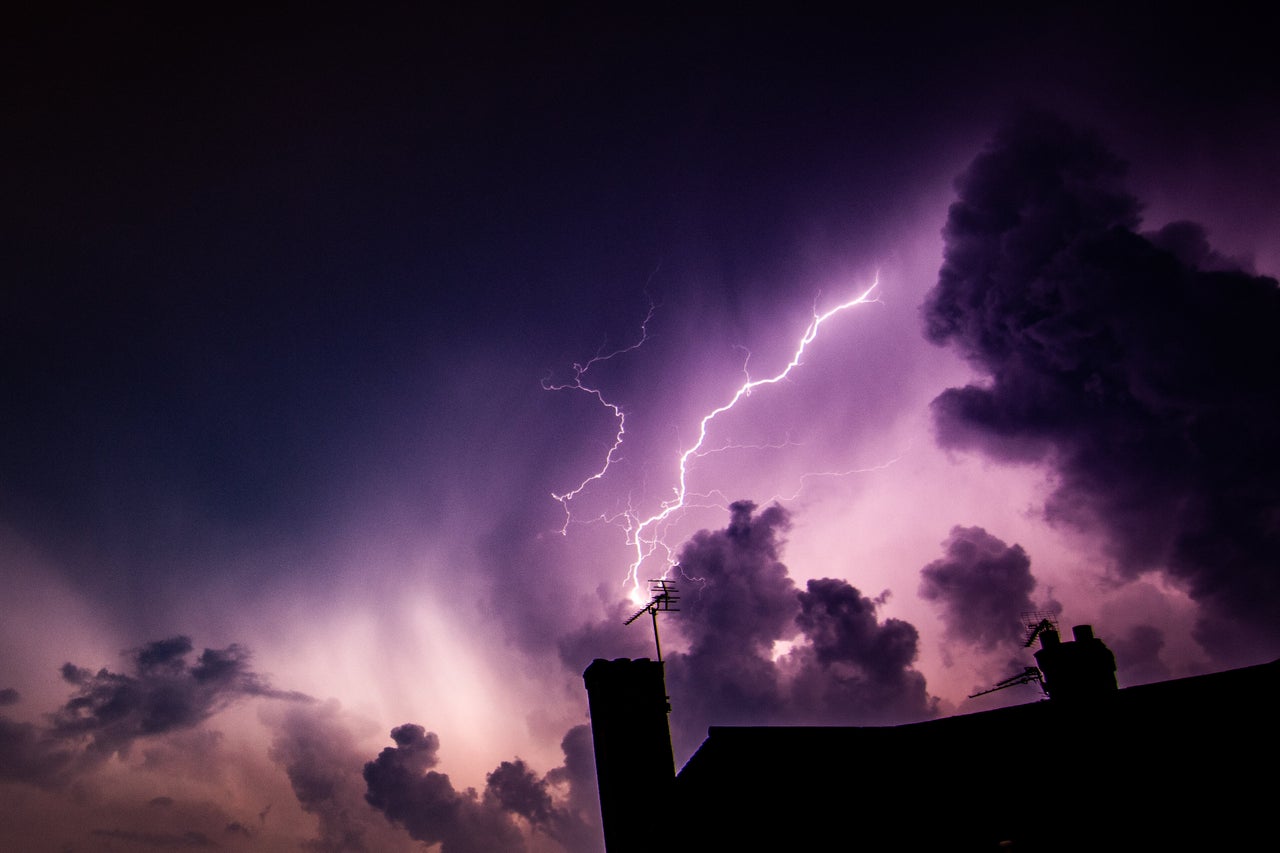
Wind conditions
This is another characteristic that’s harder to understand. But Otto says wind can cause issues when there’s not much of it.
“This year, Germany has had an extremely non-windy September which led to very high power generation prices because all the wind turbines in large parts of Europe didn’t run.”
She says there is a global knock-on effect of this because if wind supply is low in Europe then countries will be looking to get their electricity from elsewhere, such as the UK, which could drive up prices.
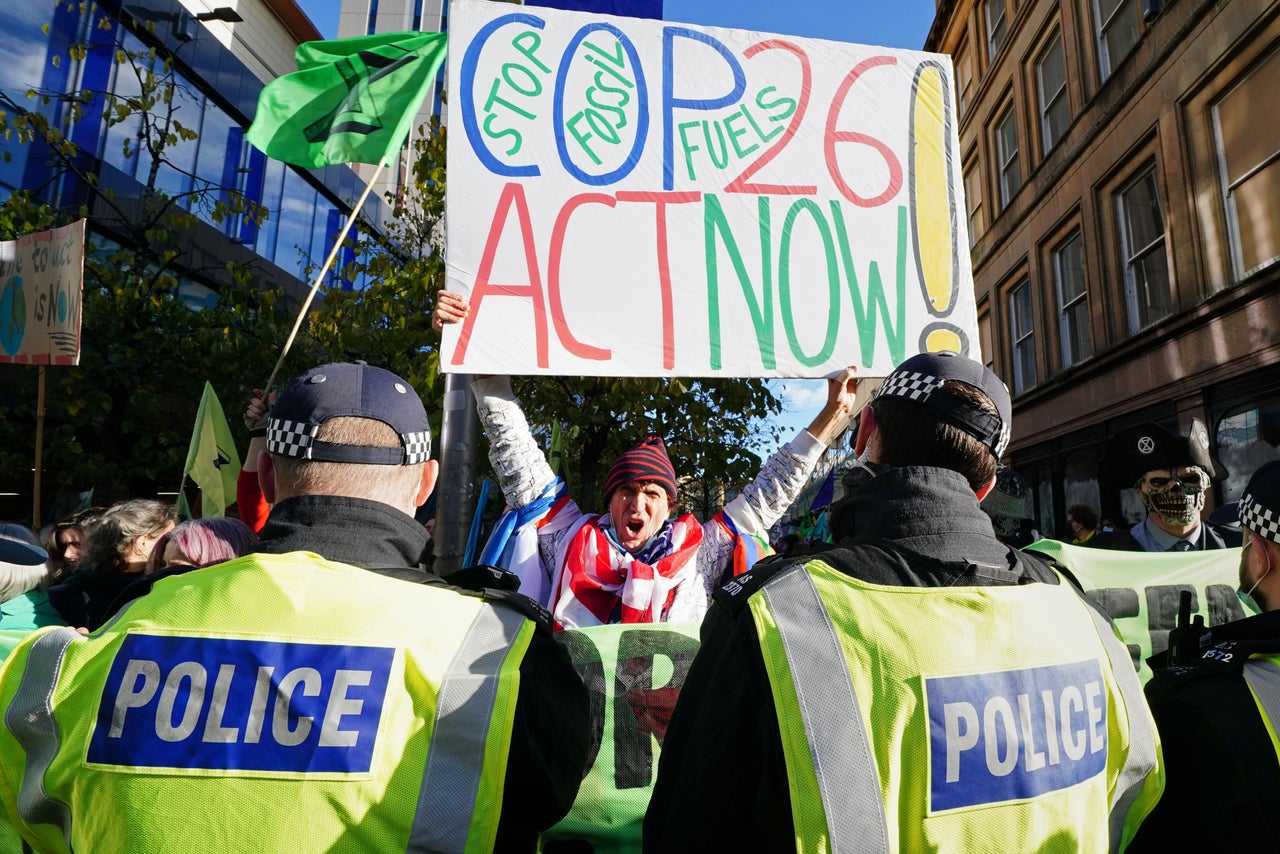
“There is still time”
Madge describes the next decade as a “shifting scale” of extreme weather rather than an abrupt change to what is already happening.
It’s unlikely that wildfire events seen this year in Australia, Turkey, Spain and America are going to slow down. There’s also likely to be increased heat waves, flooding, and droughts globally.
But there are initiatives and technologies emerging that are helping the situation. Madge says the planet is approaching the limit “before action is necessary” and “there is still time”.
“It’s never too late to take the action that’s necessary. But to avoid the really worst impacts of climate change, time is now very, very short. Everybody will need to look at what they can do in their own lives to lessen the impact that they have, whether that’s reducing waste or changing diet.”

He emphasises that this will affect everyone and that all carbon footprints need to be looked at. Otto also wants those in power to step up too.
“Having more green spaces, not building houses in floodplains, and having riverbeds re-naturalised as flood defences, that stuff is what governments need to do.
“We all have our MPs we can pester that this is high priority.”
It might seem like a terrifying picture ahead of us but experts say there is still time to make a difference if we want the world to be in better shape in the decades to come.
If you have feelings of climate anxiety, check out the following articles for further help:
